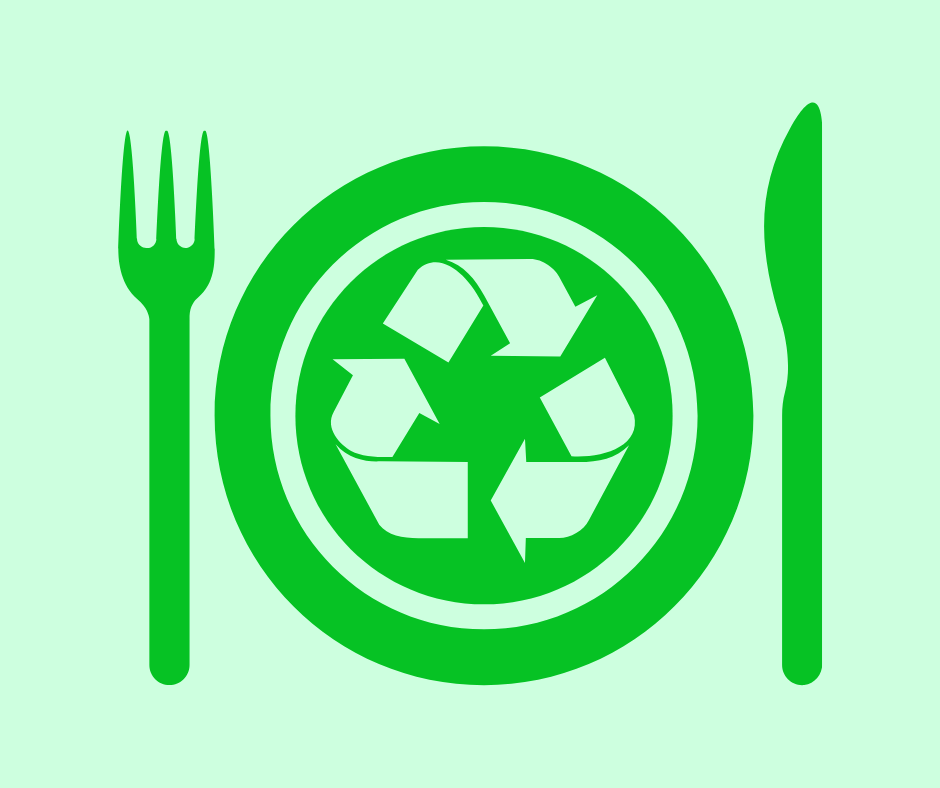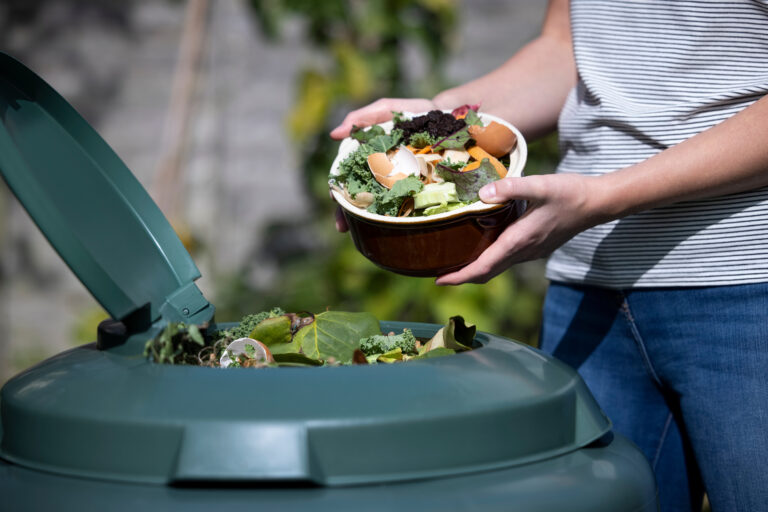Consumers are collectively emphasizing the urgency of environmental concerns, challenging industries to reimagine their operations and align with sustainable practices. The restaurant industry is no exception; it’s responsible for one third of annual greenhouse gas emissions. With its own unique set of challenges like slim profit margins, perishable products, seasonality, and vastly changing trends, it has an equally unique path toward a more sustainable future.
The Traditional Restaurant Landscape
With profit margins as slim as they are, restaurants have to do whatever they can to maximize their profits. Historically, the best road to achieving this was by prioritizing convenience for the customer. This was apparent with the rise of the fast-food landscape, and customers opting for concepts that delivered good service in addition to good food. In recent years, the consumer mindset has shifted to accommodate an increasing awareness of environmental issues. Consumers are no longer focusing solely on the food and the experience, and they are more conscious of and gravitating toward businesses that prioritize sustainability. Today 68% of diners believe that restaurants they eat at should incorporate sustainability practices, and that number increases in younger generations. Now, a restaurant’s decision to employ green operations can positively impact their bottom line.
What Food Waste Looks Like Now
Although sustainability often leads to increased restaurant profits, owners are constantly juggling too many other responsibilities to stop and focus their energy on food waste. The pandemic only exaggerated this with pressure from restrictions on inside dining, a staffing crisis, and a shift to delivery-only food economy. Now they face more people choosing take out over dining in, changes in the supply chain, and harder to predict consumer behavior, meaning disrupted restaurant operations and higher levels of food waste. Amidst these obstacles, restaurants struggle to reassess the importance of sustainability and the reduction of food waste for the sake of a more successful business.
Enter ClearCOGS: Pioneering a New Model
ClearCOGS, an innovative player in the restaurant technology industry, stands as a strong instrument of this model shift. ClearCOGS allows restaurants to function with higher efficiency through the help of AI. By giving restaurants detailed reports on exactly how much of each ingredient they’ll use each day, food waste at these locations drops significantly. When guesswork is eliminated, over prepared food that ends up in the trash becomes a thing of the past. Restaurants that work with ClearCOGS see a decrease in food waste of up to 53%. The implications of this approach goes beyond environmental conservation. Sustainability can fuel profitability. In fact, it’s been shown that for every $1 a restaurant invests in sustainability, profits increases by $7. It is clear to see why sustainability practices and the reduction of food waste should be a priority for restaurants.
The Financial Benefits of Waste Reduction
A closer look at wasted food in restaurants reveals that it is a substantial financial drain. Around 18 million tons of food were wasted in 2021 which translates to over 167 billion dollars down the drain in just consumer-facing businesses. Ingredients lost to waste before even reaching the customer is lost revenue. Resources spent on procuring, preparing, and storing wasted food are resources that could have been invested elsewhere. These resources include time and labor costs.
ClearCOGS utilizes a data-driven approach, offering restaurants insights needed to optimize inventory, streamline production, and make informed purchasing decisions. By identifying patterns of waste, restaurants can reduce over-purchasing and adjust production quantities accordingly. These actions lead to immediate cost savings. The platform’s predictive analytics enable restaurants to align their supply with fluctuating demand, minimizing excess stock and reducing the need for last-minute purchases, which are often less cost-effective. Information is power and ClearCOGS allows restaurants to have the information needed to operate sustainably.
Aligning with Sustainability Goals
Sustainability is no longer a mere buzzword; it’s a key differentiator in today’s competitive restaurant industry. ClearCOGS recognizes that aligning with sustainability goals goes hand in hand with enhancing a restaurant’s brand reputation. Through waste reduction, restaurants are not only conserving resources but also demonstrating their commitment to responsible business practices. This combination can serve as a strong tool in both brand image and financial management.
By using ClearCOGS’ platform, restaurant brands are empowered to set, achieve, and measure sustainability targets. From reducing food waste to sourcing local and organic ingredients, every step taken contributes to a more sustainable operation. As consumers increasingly make choices based on their values, a restaurant’s sustainability efforts translate to increased customer loyalty and a larger customer base.
The Way Forward
The old relationship between profitability and sustainability is being replaced by a new reality: one where these two aspects are interconnected and mutually beneficial. ClearCOGS exemplifies this shift by enabling restaurants to embrace sustainability as a profitable strategy. Their innovative approach not only reduces waste and conserves resources but also enhances a restaurant’s financial performance and helps them to keep up in an extremely competitive industry. ClearCOGS serves as a guide, proving that sustainable practices are not just environmentally responsible, but also financially rewarding. As the restaurant industry continues to evolve, it is essential for businesses to not only recognize, but to embrace this relationship between sustainability and profitability. These are the steps needed to take to make way for a more prosperous future for both businesses and the environment.








